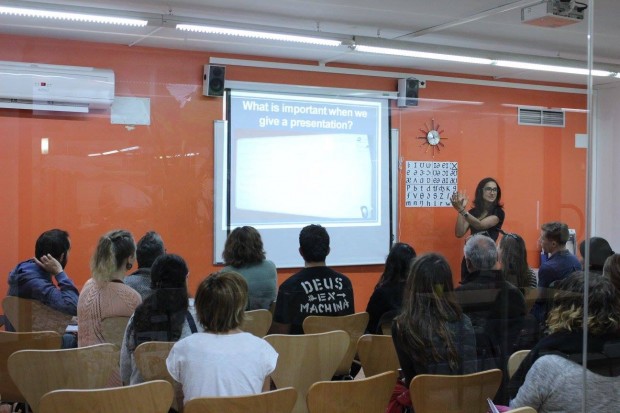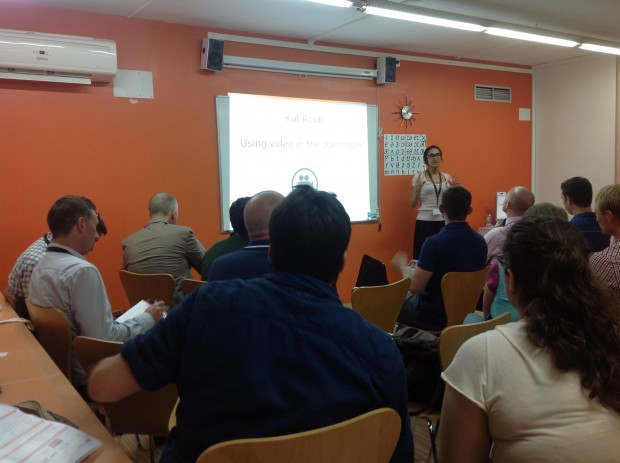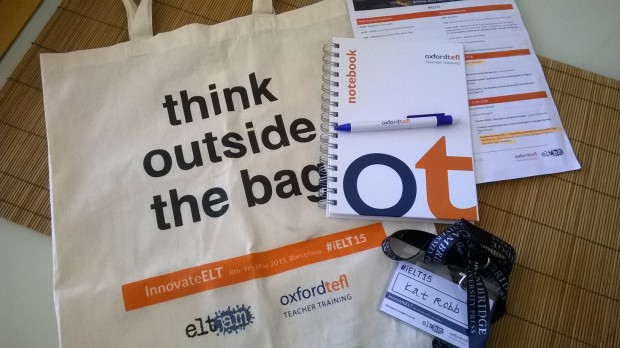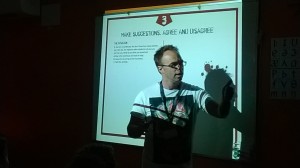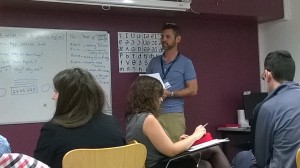I attended the Digital Learning Colloquium at Cambridge last week, and it was a fascinating insight into the future landscape of EdTech painted by a broad spectrum of attendees from different backgrounds: product development, research, academia, consultants, product design, and the odd ELT teacher and trainer.
While there were clear threads of discussion regarding the normalisation of the tech we are using today in ten years time, AR and VR to name a couple, there is one clear question that springs to my mind: Is EdTech trying to reinvent the wheel?
My opinion regarding the use of EdTech for teaching and learning is the same as it is for any activity a teacher or learner engages in: sound pedagogical reasoning. For me, it is not so much what is being done to learn something, but the rationale for how it reaches the learning objective. If an activity which incorporates an AR app really does improve the learning outcomes, or facilitate reaching the pedagogical goal of the lesson, then I’m all for it. I do, however, strongly believe that a lot of products and tools are trying to tap into the multi-billion dollar industry that EdTech has become.
Penny Ur (1996) claimed that there is a difference between a teacher with twenty years’ experience and one years’ experience repeated twenty times. I wholeheartedly agree with this, because I believe that teaching professionals need to learn, adapt and grow along with their experience, teaching context, and learner needs. So, yes, EdTech could well be a part of this growing and development as a teacher, but just because a tool looks good, doesn’t mean to say it actually is. The tool needs to achieve the learning goal that has been set, this can be by motivating learners, or improving interaction, but I reiterate, the main motivation for using any tool, digital or not, should be pedagogical grounds, and the tool must be exploited effectively.
The talk I gave looked at 3 simple tools I use in the classroom to promote interaction and provide learning solutions to some of the problems I encounter with learners in specific contexts. The tools were: Padlet; IM apps (Whatsapp & WeChat); and Dictaphone apps on smartphones. Gone are the days of recording ourselves on a TDKC90 cassette to see how we sound when we speak a foreign language, but this practice is so effective. The modern day version is a Dictaphone app which I regularly incorporate into my lessons, and encourage learners to record themselves out of class to playback and identify action points to work on with their pronunciation and speaking skills. I use IM apps for a range of collaborative tasks (more information to come in future posts!), and Padlet I use as a visual live collaborative tool both inside and beyond the classroom.
So, that said, the literature has been telling us for years what good pedagogical practice is, we just need to stick with that, and map it onto current language learning contexts.
Ur, P. (1996). A course in Language Teaching: Practice and Theory. Cambridge University Press, Cambridge.







